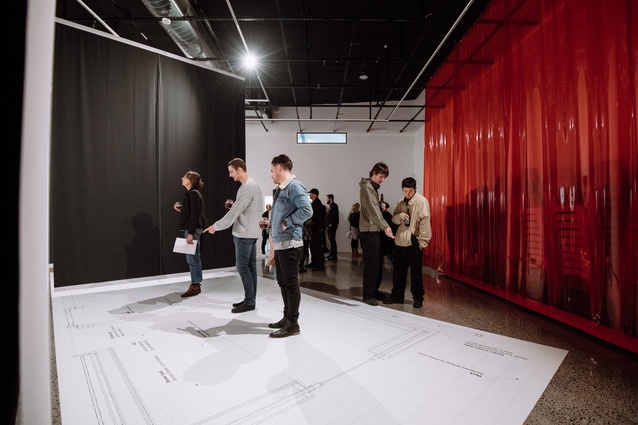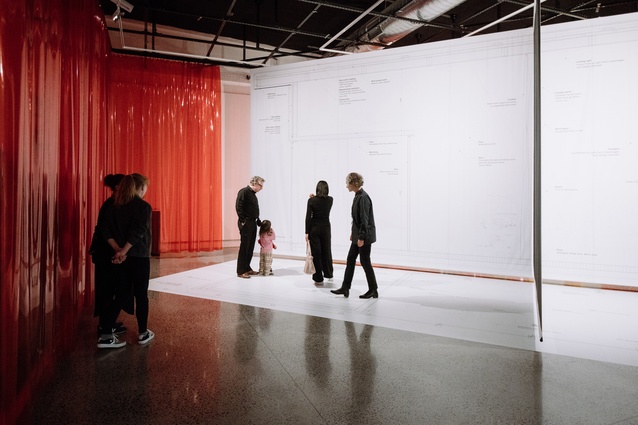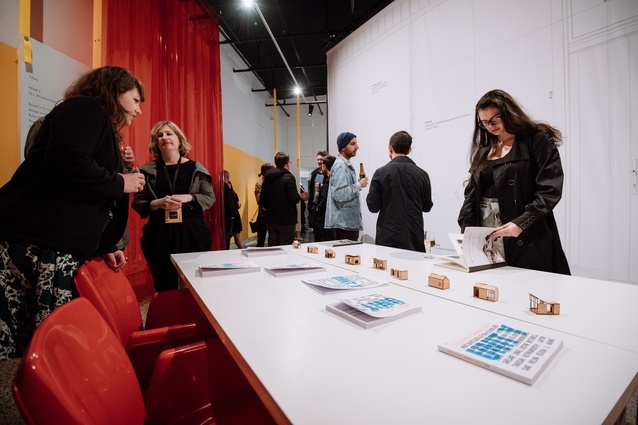FOA: Unit Y at Making Ways
University of Auckland School of Architecture and Planning lecturer Karamia Müller reviews a breakfast interview given by Unit Y, one of four firms participating in the Making Ways exhibition at Objectspace gallery in Ponsonby. The interview was part of the Fast Forward lecture series and the 2019 Festival of Architecture.
Making Ways is a live, rolling event of hybrid studios, labs, wānanga, that tests the architectural exhibition format with weekly installations by four different architectural practices in the Objectspace gallery. Curated by Kathy Waghorn, the dynamic of the exhibition identifies that urgent challenges facing the contemporary built realm are drawing out new forms of architectural practice in Aotearoa/New Zealand. As part of the Making Ways exhibition Waghorn also curated a series of interviews with the exhibition practitioners and other architectural critical thinkers and collectives.
In the first in the University of Auckland’s Fast Forward Breakfast Series hosted by Objectspace, Unit Y lead, architect and University of Auckland lecturer Mike Davis, together with three members of the four women collective Maunga Pac: Lucy Vete, Icao Tiseli, Matilda Phillip were interviewed by Waghorn on the spaces they are forging for themselves within the wider architectural context.
Unit Y’s exhibition of four fabric, room-sized architectural drawings, hung above corresponding plan drawings on the ground, worked to create a life-sized house in the gallery space. Sat amongst this, the interview began with Davis explaining Unit Y’s exhibition of huge and highly detailed drawings. The drawings were extrapolated from the thesis project – SML – by School of Architecture and Planning architecture graduate Ayla Raymond-Roberts.
The drawings – created by Raymond-Roberts, and illustratively populated with people and furnishings by Mel Pau and Wade Southgate – saw the SML project through another version of fabrication, in a process that Davis described as a part of Unit Y’s mandate: to realize high quality live projects that can enhance the learning experience of architectural students. Davis identifies that this mandate is a high impact learning opportunity that, as a charitable trust, they are in the position to do.
Connecting the school with communities and with living projects as an impact opportunity was echoed by the Vete, Tiseli and Phillip, who explained that Maunga Pac (Mauga Pacific Architecture Collective) is a collective of four Pacific women. The group is an initiative of the three women, plus fourth member Miriama Arnold, to connect their architectural practices with their communities. They formed the collective out of conversations had whilst all students in the architecture school about how they saw Pacific influences in New Zealand architecture and the disconnect between Pacific Island communities and the architecture profession.
The collective allowed them to formalise their critical discourse about Pacific architecture, which they all explored in their respective theses. Shining a light on Pacific voices both as a collective and as individuals, they are all now in separate practices, where they are currently practicing the values shaped in a manifesto they wrote as a collective. Different positions as Pacific women, within their practice they are now focusing on supporting Pacific architecture graduates and creating supportive networks that centres Pacific communities, relationships and values.
Read more highlights from the 2019 Festival of Architecture here.










![FoA 2019: World [PARK]ing Day Tauranga](https://cdn.architecturenow.co.nz/site_media/media/cache/38/dd/38dd13855670d87151d3253f58264287.jpg)
